Exploring Japan's fermentation culture
By Tim Carl
UEDA, Japan — As my wife Lynn and I journey across the diverse landscapes of Japan, we are embarking on our first trip together in years. With our adult children leading their own lives and after the recent passing of our beloved dog, Sam, we find ourselves able to explore the world anew. This journey, more than an adventure away from the familiar Napa Valley, has become an exploration of Japanese culture. From the serene beauty of natural landscapes to the vibrant expressions in art, music, dance and the introspective practices in Zen Buddhist temples and viewing the contemplative snow monkeys, our experiences have touched us deeply.
Fermentation has been a big part of my life — from making wine to sourdough bread. However, fermentation in Japan is both familiar and new. More than a culinary technique, fermentation is a fundamental aspect of the culture and has distinct regionality, with the quality and purity of the water playing a pivotal role, intertwining daily life, place, craftsmanship and cuisine in enlightening and inspiring ways. There is even one of Kyoto's oldest shrines, Matsuo Taisha, established in 701, where fermentations of everything from sake to vegetables are honored.
Our exploration of Japan's fermented products like sake, shoyu (soy sauce) and miso offers a glimpse into the country's rich culinary heritage. We are witnessing a culture markedly different from our own yet connected through shared practices like fermentation.
Sake: A reflection of craft and culture
Sake, often referred to as Japanese rice wine, is a fascinating foray into the world of fermentation. As we learned from the multi-part series in Napa Valley Features by Eduardo Dingler, unlike the grape-based wines of Napa Valley, sake is made from rice, water, koji mold (Aspergillus oryzae) and yeast. The process is akin to brewing beer, where starch is converted into sugars which in turn ferment into alcohol. In Japan, sake is not just a drink; it's a symbol of tradition and celebration. The intricacies of sake brewing, from polishing rice to the precise control of fermentation temperature, reflect a commitment to precision and craftsmanship.

During our travels, we visited sake breweries, each presenting a different facet of this ancient art. The range of sake, from the robust junmai-shu to the delicate daiginjo, speaks to the diversity and complexity of Japanese fermentation techniques. It’s a world away from the winemaking of Napa Valley, yet there’s a familiar dedication to the craft.
Sakadane: Japan's answer to sourdough starter
While beer is popular in Japan and sourdough bread less common, Japan has its own traditional fermented food akin to sourdough, known as Sakadane. Used primarily in sake production, Sakadane is a fermented rice starter, developed through natural fermentation processes similar to those of a sourdough starter. The creation of Sakadane involves steaming rice, then allowing natural yeasts and bacteria to ferment the mixture into a sour, slightly alcoholic starter. This traditional method reflects a fermentation practice paralleling the sourdough processes familiar in California, albeit with a unique Japanese twist.

Shoyu: Unveiling the art of Japanese soy sauce fermentation
Shoyu, or soy sauce, is a fundamental product of Japanese fermentation and an essential element in Japanese cuisine, akin to the role of olive oil in Mediterranean cooking. Made from a blend of soybeans, wheat, salt, water and koji, shoyu undergoes a fermentation process that can last from months to years. This lengthy process transforms these ingredients into a rich, savory liquid, integral to Japanese cooking.
A lesser-known yet fascinating aspect of the shoyu-making process involves the use of "Aspergillus bricks." These special bricks are made from a mixture of koji spores and a substrate like rice or wheat and they play a crucial role in the development of the koji mold essential for fermentation. When placed in the mixture of soybeans and wheat, these bricks allow for an even and effective distribution of the koji mold. This method ensures consistent growth of the mold, which breaks down proteins and starches into amino acids and sugars, contributing to shoyu's distinctive umami flavor and aroma.

Witnessing the shoyu-making process, we gained a deeper appreciation for this ubiquitous condiment. The care with which each ingredient is selected, the traditional use of Aspergillus bricks and the patience required for fermentation deeply resonated with me, reminiscent of the process of making Napa Valley cabernet — growing the perfect fruit, picking at the right time and then fermenting and aging to develop flavor and complexity. The intricate process of making shoyu reflects the meticulous and rich culinary heritage of Japan, highlighting the profound respect for natural fermentation processes in their cuisine.
Miso
Miso, a cornerstone of Japanese cuisine, is a flavorful paste created through the fermentation of soybeans, koji (a fungus called Aspergillus oryzae) and salt. Its remarkable versatility is evident in its numerous applications, ranging from the heartwarming miso soup to various marinades and dressings. The diversity of miso types, such as the sweet white miso and the robust red miso, exemplifies the broad spectrum of flavors and textures achievable through fermentation.
The traditional miso-making process involves a fascinating and meticulous technique. In this process, weights, often in the form of rocks, are placed on top of the miso in its fermentation container, typically a wooden barrel known as "Kioke." These weights serve a vital purpose: they apply pressure to the fermenting mixture, ensuring an anaerobic environment essential for proper fermentation. This pressure is key to expelling air, preventing unwanted mold growth, and maintaining consistent contact between the miso mixture and the koji mold. The koji mold plays a crucial role, breaking down the proteins and starches in soybeans into flavorsome compounds that define miso's unique character.

Another important aspect of the weighting process is the extraction of tamari, a flavorful liquid byproduct of miso fermentation. This liquid, akin to soy sauce, can be used separately, adding depth and richness to various dishes. The traditional use of rocks as weights in miso making is not only practical but also a symbol of the craftsmanship and heritage associated with this culinary art. The artisans who create the symmetrical, three-ton stack of rocks undergo years of training before they are allowed to place a single stone on an actively fermenting barrel of miso. The Kioke barrels themselves — made of Japanese cedar and bamboo — contribute to the process, with bamboo hoops holding it together and the wood staves absorbing moisture and fostering beneficial microorganisms that enhance the miso's flavor and quality. This harmonious blend of natural materials and traditional techniques underscores the appreciation for nature and time-honored methods in Japanese cuisine, making miso a true embodiment of the transformative power of fermentation.
Beyond the familiar
Our journey also introduced us to less familiar fermented items like natto and amazake. Natto, with its pungent aroma and sticky texture, was an entirely new experience, challenging our palate but offering a glimpse into the everyday Japanese diet. Amazake, a sweet, low-alcoholic drink made from fermented rice, was a delightful discovery, reflecting the sweeter side of fermentation. And Japanese pickled vegetables are at an entirely different level compared with the jars of cucumber pickles that I am most familiar with at home. We stopped by a fermentation expert’s home in the tiny village of Kinomoto and were treated to ten-year aged cucumbers that had turned amber-black and had the flavor of dark chocolate and marmalade. The care and dedication to crafting these extraordinary culinary feats of time and patience are, like wine, examples of the transformative power of the magical world of the microscopic.

Wine in Japan: A rising scene
In Japan, while beer is popular and sourdough bread relatively uncommon, the wine industry is witnessing a significant upsurge in both consumption and production. This growing prominence is exemplified by the inclusion of Château Mercian Mariko Winery located near Ueda, Nagano Prefecture, Japan on the "World's Best Vineyards" list, where it ranked 38th. This recognition, alongside other renowned vineyards such as Jordan Vineyard & Winery in Sonoma County at number 20, and the notable absence of any wineries from Napa Valley, underscores the evolving nature of the global wine landscape.
Japan's wine scene, especially in regions like Yamanashi Prefecture near Mount Fuji, is flourishing, marked by the cultivation of indigenous grape varieties such as Koshu alongside international varieties. This cultivation reflects a unique melding of local and global wine traditions. Koshu grapes, known for their subtle flavors and crisp acidity, are adept at complementing traditional Japanese cuisine, reflecting the country's unique terroir and climatic influences.
The winemaking process in Japan often integrates with the nation's rich culinary heritage, emphasizing balance, elegance and a subtlety of flavors in line with the nuanced nature of Japanese cuisine. Serving practices in Japan also mirror the deep-rooted tradition of hospitality and attention to detail, with wine often served in traditional Japanese glassware and at carefully considered temperatures.

Innovative techniques are also a hallmark of Japanese winemaking, blending traditional methods with modern technology, such as experimenting with aging processes using Japanese oak. While sake remains Japan's iconic alcoholic beverage, wine is increasingly becoming a symbol of sophistication and global culinary integration in the country.
The growing interest in Japanese wines is mirrored in the rise of wine tourism, with an increasing number of visitors exploring the picturesque vineyards, participating in tastings and experiencing the unique flavors of Japanese wines. This burgeoning interest speaks to a global curiosity and appreciation for Japan's distinctive approach to winemaking, which is deeply rooted in the country's culture and traditions.

A journey of discovery
This trip to Japan has been more than a culinary exploration. It's been a journey of renewal and a chance to embrace new experiences. The serene beauty of Japan's landscapes, the rich tapestry of art, music and dance, and the mindfulness observed in a Zen Buddhist temple stay have profoundly influenced us.
As we continue to travel through Japan, we are constantly reminded of the resilience and beauty inherent in life, mirrored in the meticulous and patient art of fermentation. This experience has been a revelation, broadening our understanding of fermentation beyond the familiar confines of wine, beer and bread, to a vast array of flavors and textures that define a culture.

We look forward to sharing more detailed stories and reflections upon our return to Napa Valley. For now, we hope the photos we send back capture the essence of this enchanting country, where tradition and innovation coexist in harmony.
Tim Carl is a Napa Valley-based photojournalist.
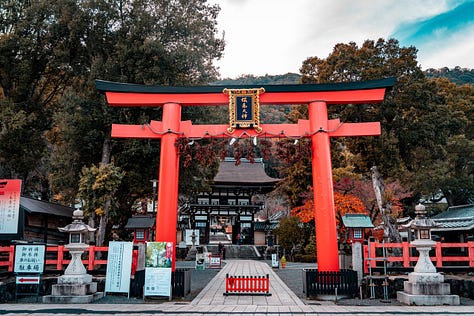
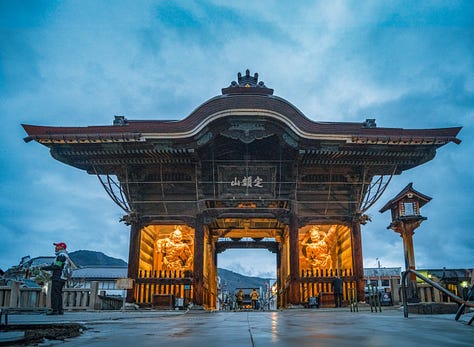


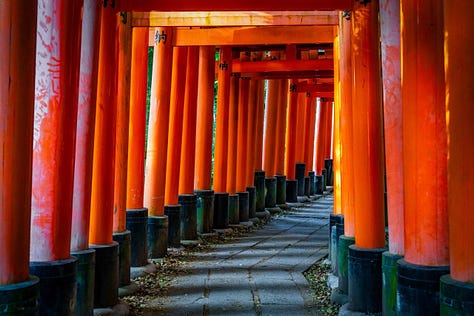
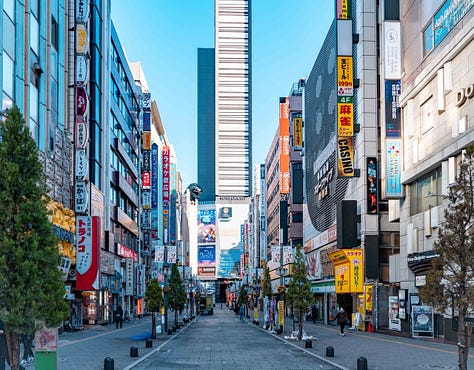
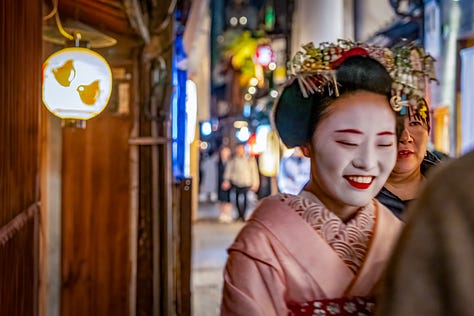

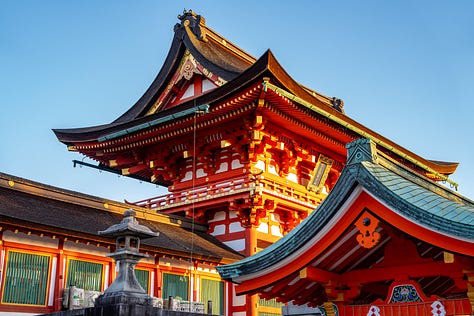





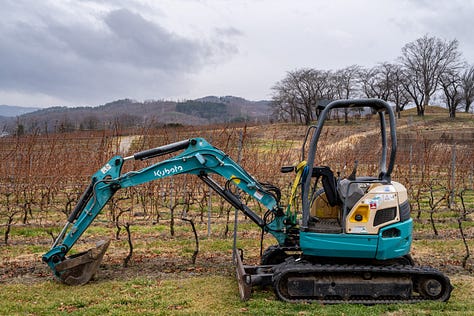
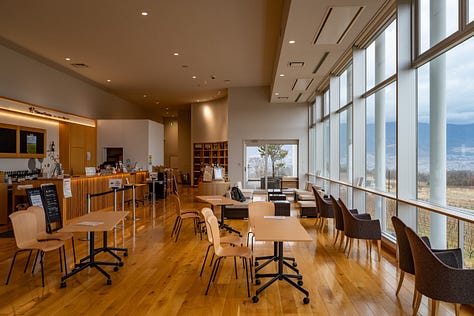







Hi Tim, this is a great piece thank you for writing it. Nancy and I were in Tokyo and Kyoto maybe 20+ years ago, maybe we should go back
I have stood in the same grove of bamboo you are pictured in. Enjoy Japan. one of my favorite countries.